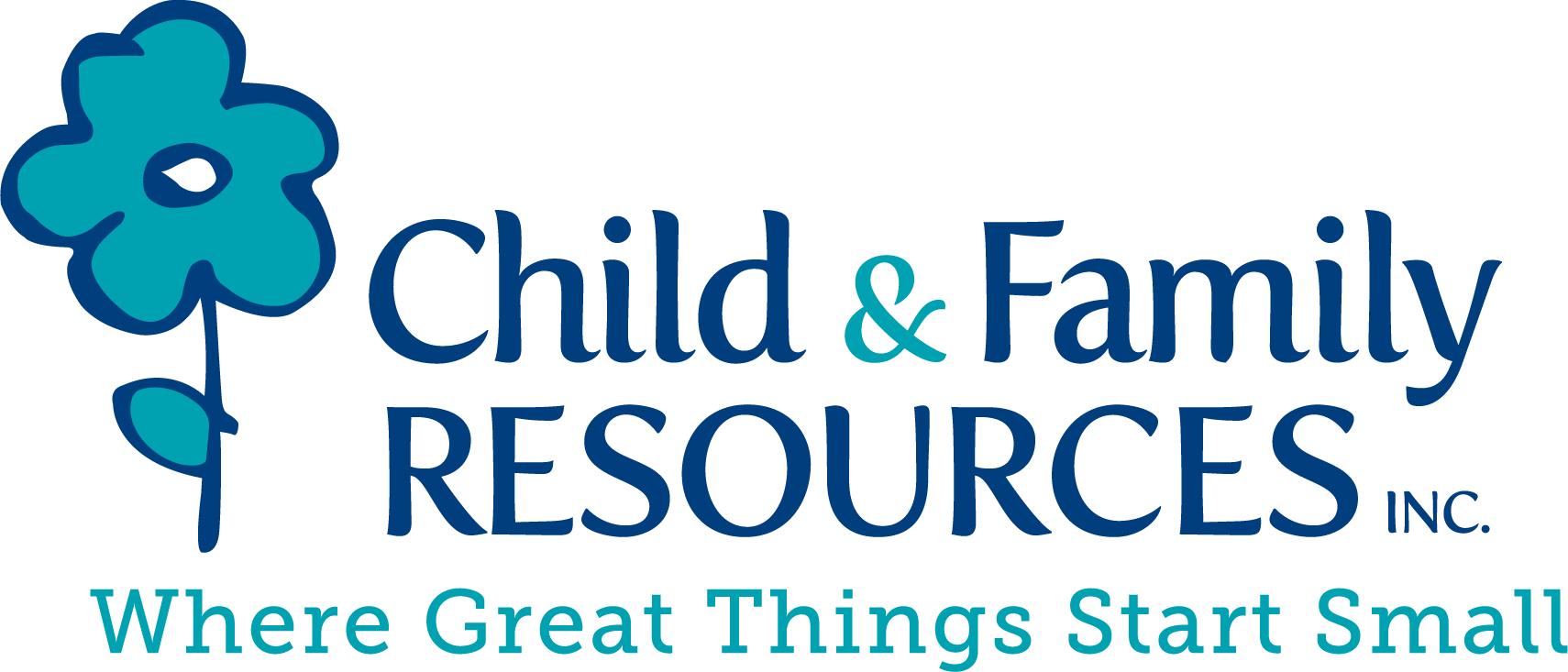Diaper Banks: Changing Lives One Diaper at a Time

Child & Family Resources is proud to partner with the Diaper Bank to provide access to diapers for families in our program. Please enjoy our guest blogger, Claudette Langley, Americorps/VISTA, and outreach/marketing coordinator with the Diaper Bank of Southern Arizona, as she explains the great work of our friends and partners at the Diaper Bank.
By Claudette Langley
Every day somewhere in America a mother is hoping that her baby’s diaper can last just a little bit longer and an elderly person is deciding to stay home because they don’t’ have a dry incontinence item to take with them. These are the realities that sparked the birth of the Diaper Bank of Southern Arizona 20 years ago.
The First Diaper Bank
The first of its kind in the nation, the Diaper Bank of Southern Arizona was the brainchild of Hildy Gotlieb and Dimitri Petropolis, partners in a small Tucson-based consulting firm. In 1994, the duo held the first diaper drive and five years later they had collected 300,000 diapers. The organization became a freestanding organization in 2000 and this year expects to distribute more than 800,000 diapers and incontinence products throughout Southern Arizona. In the past 20 years, the Diaper Bank of Southern Arizona has distributed more than 8.5 million diapers and incontinence items to residents in 10 Arizona counties.
Since the founding of the Diaper Bank of Southern Arizona, the issue of filling diaper needs has become a national movement with diaper banks springing up across the nation, including a National Diaper Bank Network that helps coordinate the joint efforts. Presently there are about 200 diaper banks throughout the United States.
How It Works
There is a variation among the many diaper banks in what supplies they offer. Some provide diapers, formula and clothes, some provide adult items as well as children’s, some are free standing and others are part of larger organizations and are considered a program. However, despite the differences all of them have a mission to eliminate diaper need in their areas. In addition, breaking the cycle of poverty through partnerships with other community agencies is a common thread.
The Diaper Bank of Southern Arizona distributes its supplies through 46 plus partner agencies, including crisis nurseries, child abuse prevention programs, teen parent programs (school and community-based), and senior and immigrant and refugee programs.
Diaper Need
What is a diaper need? Put simply it is the lack of adequate diapers and adult incontinence supplies and it strikes with regularity throughout the United States. While it may seem to some to be a fairly innocuous situation with an easy fix, that is just not the case for many Americans who are forced to choose between buying these supplies or paying for other basics necessities such as food or a utility bill. No assistance programs, including WIC (Women, Infants, and Children) or SNAP (food stamps) cover the cost of the diapers.
It costs nearly $100 a month to keep one child in an adequate supply of diapers. Presently it is estimated that 30 percent of low-income mothers cannot change their babies’ diaper as often as they’d like. The latest census figures show that 15 percent of Americans live in poverty, in Arizona nearly 19 percent of the families are living at or below poverty levels and here in Tucson the number jumps to 27 percent.
Diaper need’s impacts don’t stop at hard financial choices. Babies are at times left in the same diaper all day as the parents try to conserve and parents report reusing soiled diapers. Both of these practices can lead to severe diaper rash and urinary tract infections.
In addition, diaper need creates mental and emotional hardships for parents. In July 2013, the Journal of the American Academy of Pediatrics released the study “Diaper Need and Its Impact on Child Health.” The study found that a high number of mothers forced to make this type of decision reported suffering from emotional distress and mental health issues.
While lack of diapers can cause immediate health and financial hardships, they also can also produce impacts that are detrimental to the families’ future. Daycare centers require an adequate daily supply of disposable diapers, without these parents often have to forego pursuing academic or employment opportunities.
Why Not Cloth?
Diaper bank’s often heard from well-meaning community members the suggestion that these families use cloth diapers. Using cloth is often not an option for so many of these families living on the hard economic edge. Many do not have a washer or dryer at their homes and most Laundromats won’t allow diapers to be washed in their machines. Many families also rely on public transit, so getting diapers to the facility to wash them is daunting
Adults Too
While diapers for infants and children are the majority of supplies provided by diaper banks, there is another segment of the population significantly impacted by need. The elderly and disabled adults too struggle with quality of life issues created by the lack of an adequate supply of incontinence items.
Approximately 20 percent of the supplies provided to the community by the Diaper Bank of Southern Arizona are adult supplies. “If you want to find a topic nobody wants to talk about, just say the words “Adult Incontinence,” said Bobby Rich of 94.9 MixFM. Rich’s words top the page on the Diaper Bank of Southern Arizona’s webpage on adult incontinence. It is estimated that 15 to 20 percent of adults 65 years and older are incontinent
Anyone Can Help
The Diaper Bank movement is truly grassroots, all over the country individuals are making a decision to help meet diaper needs and starting diaper banks of their own. Every day somewhere around the nation there is news of a drive-by a school, a faith-based organization, or a private business.
For more information on diaper banks and how to help visit www.diaperbank.org or http://nationaldiaperbanknetwork.org/.
